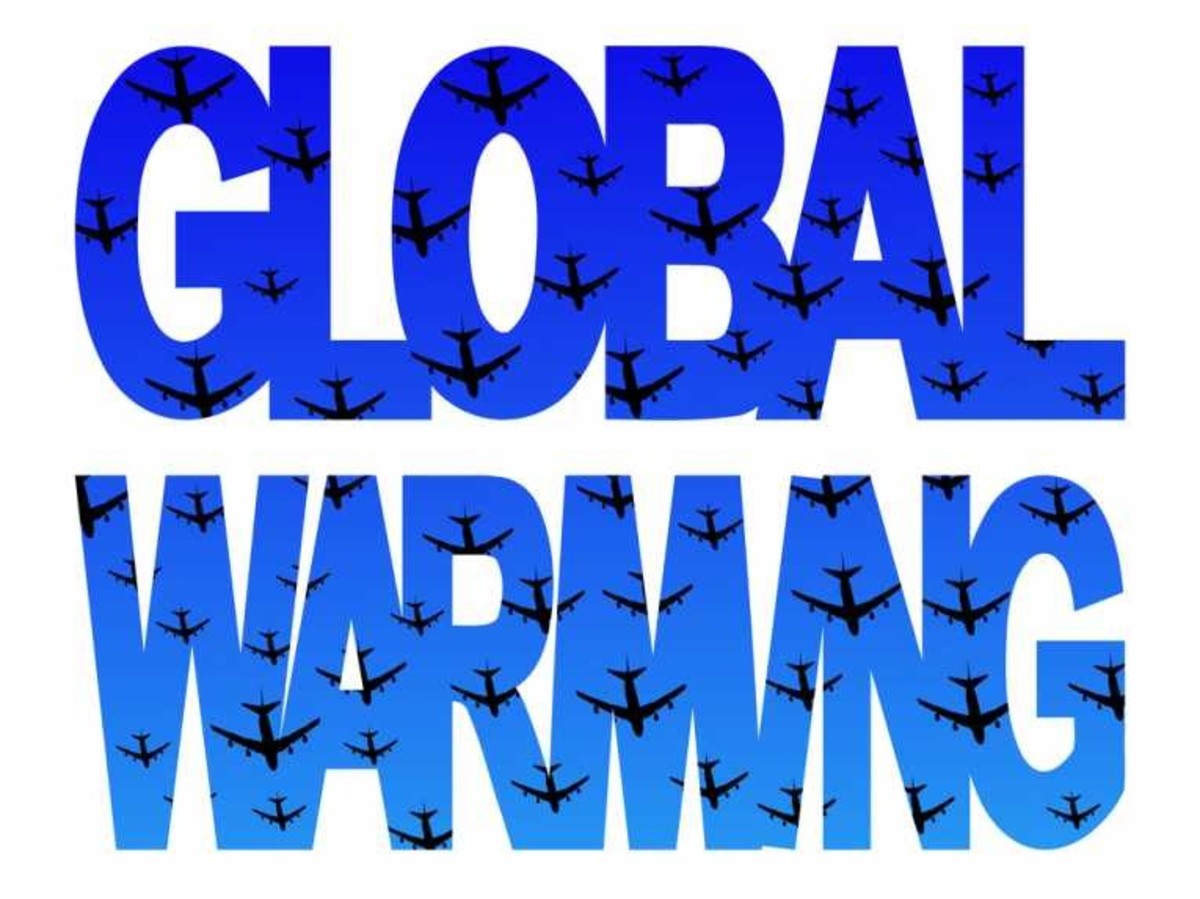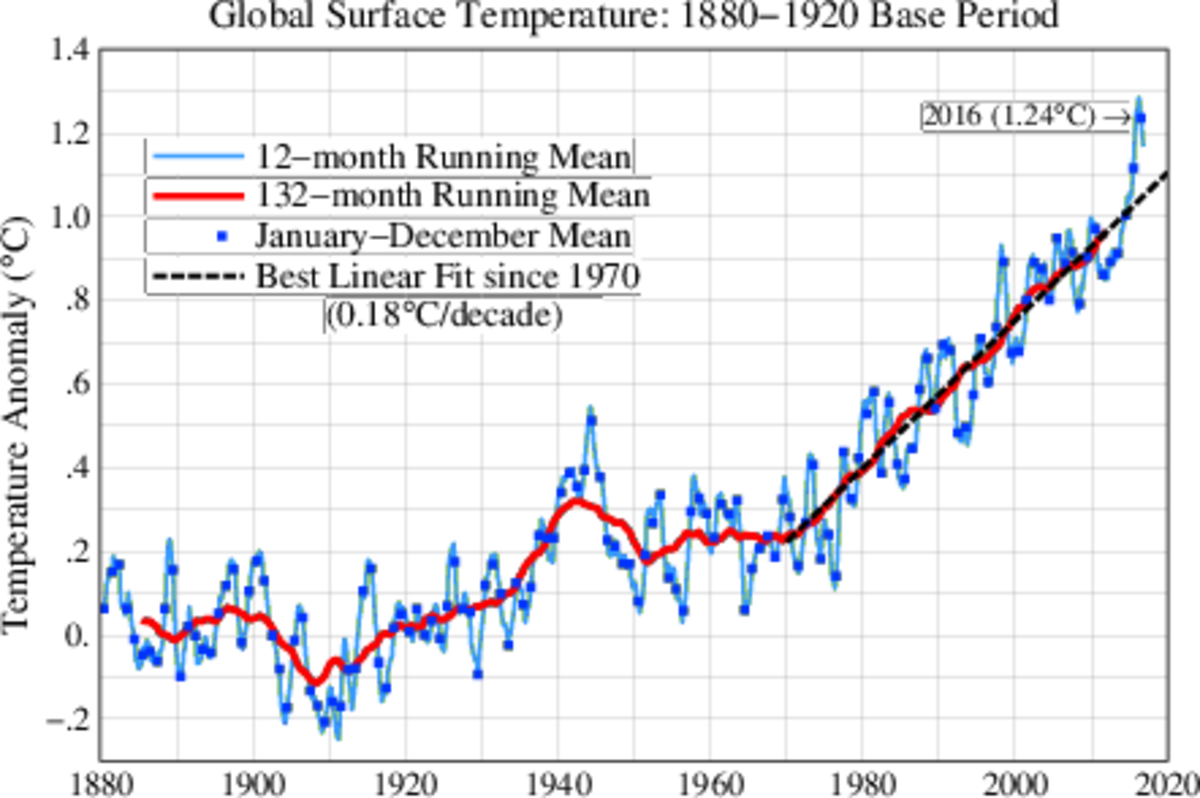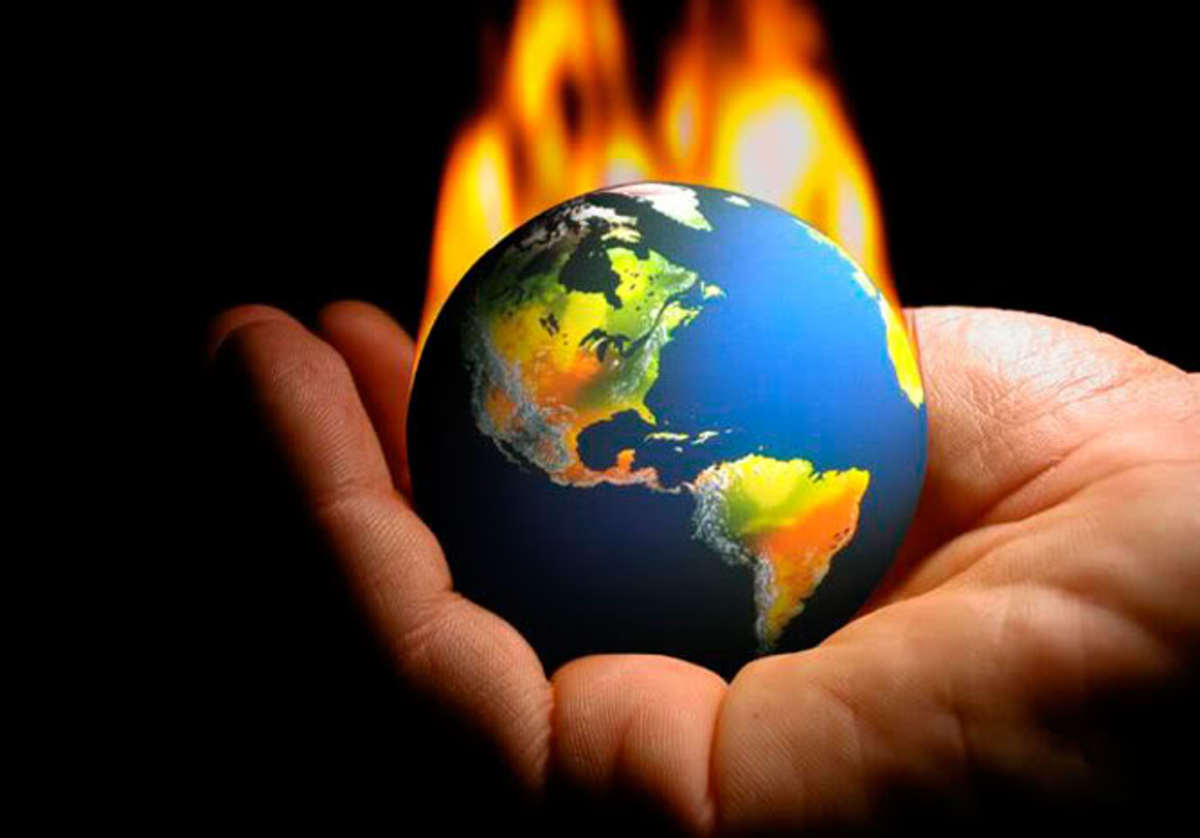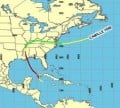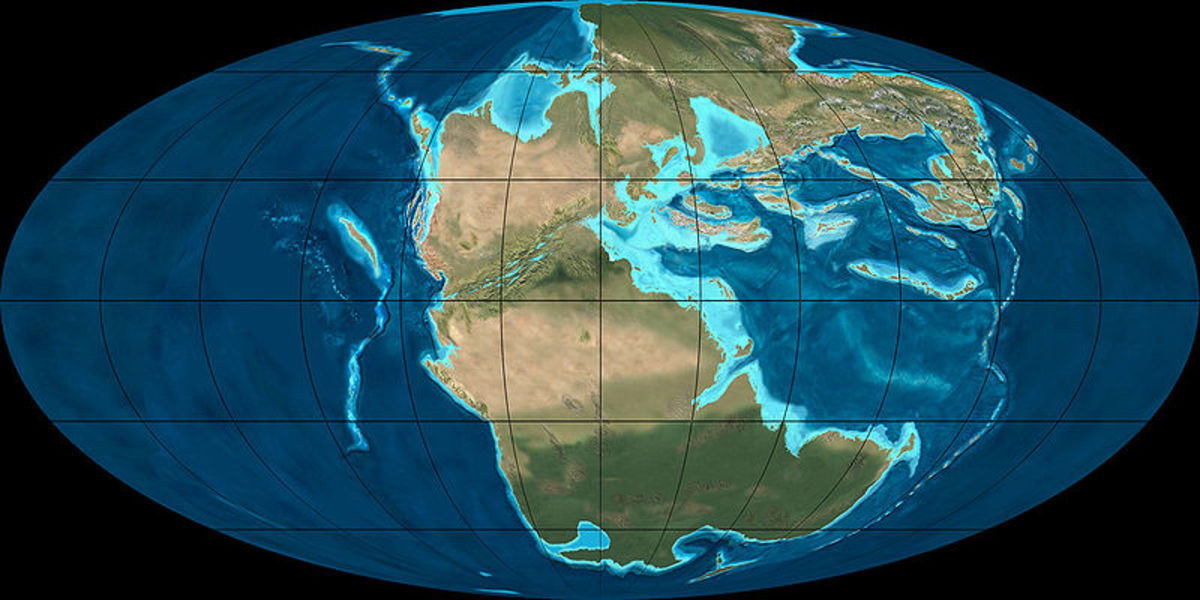Root Causes of Natural Disasters
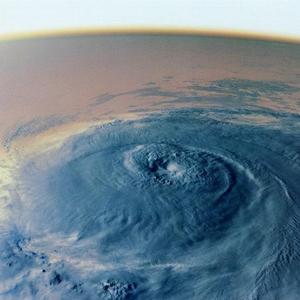
Global Warming Intensifies Climate Disasters
Natural disasters have a number of root causes, but today with global warming, natural disasters have as their root cause, the change in the environment triggered by increasing differences in heat and cold. As industry injects more greenhouse gases and particles into the atmosphere, there is a double-edged sword effect of increasing temperature combined with global dimming. Greenhouse gases increase overall temperatures and this is masked by particles that contribute to global dimming. At the local level, global dimming causes drops in temperature and in areas where this is not the major factor, temperatures increase. As the atmosphere seeks to balance extremes, violent weather phenomena that contribute to natural disasters become more frequent. The results are more floods, drying leading to fire-storms, high winds, unseasonal freezes, ice-pack breakup and meltdown, super hurricanes and rising sea levels that are a significant proportion of natural disasters today. This is not the full picture of the roots of natural disasters. Earthquake connections to sea level rise as caused by human activity are controversial. However, there is some evidence that human activity elsewhere is linked to low-level earthquakes. Other natural disasters like tsunamis, solar dimming, volcanoes and impacts from space are not man made at this point in history and these will be not considered here.
It comes as no surprise to many people today that there are records being broken everywhere as far as weather anomalies are concerned and one of these is flooding. Global warming is seen as a contributor to increasing amounts of moisture in the air as the water on ocean surfaces evaporates more readily. As this blows over land, it condenses in regions that are naturally susceptible to rainfall such as near mountains. These areas see a lot of flooding. Also, more moisture translates into more snow and in the spring it means more runoff from melting and thus more flooding. In the fading stages of the 2009 winter, a large accumulation of snow meant a large risk of flood along the Red River flood basin. In fact, the water levels were higher than anything recorded in the last 112 years. Midwestern states and Manitoba were chiefly affected. So too it was in Asia Minor that experienced massive flash floods, unlike anything, were seen in recent memory. These have been tentatively linked to global warming caused by human injection of greenhouse gases into the atmosphere from industrial processes and engines of all sorts.
Australia experienced the exact opposite condition. After several years of drought and increasing temperatures, conditions were right for a massive firestorm, which is exactly what happened in their summer of 2009. The fires were so hot that metal and glass melted and ran like treacle in the intense heat. Temperatures of 1,200 Celsius were typical along fire fronts with some exceeding even that. These were fed by a prolonged period of drying leading up to fire-storms. This is seen as part of the effects of global warming as well that are changing climate zones around the world. Australia in the main is becoming a lot drier.
Hurricane force winds ravaged the Pacific Northwest during December 2006 leaving a wake of destruction in old growth forests. Millions of trees were downed and the people are still digging out from that series of three major windstorms over a period of a week and a half. A tour of Stanley Park in Vancouver will find whole stretches that look like Dresden Germany after the carpet bombings in WWII. The primaeval forest reserve is a tangle of fallen giants and huge swaths that look more like clear cuts. It is estimated that from these storms alone, it will take hundreds of years to recover. As the temperature gradient between lowest and highest temperatures increase, so too does the flow of air, resulting in hurricanes like Katrina and the devastating Christmas period winds of 2006 in the Pacific Northwest. These extremes in atmospheric temperature are linked to heat build up due to greenhouse gas accumulation. They are the engine of weather extremes including hurricane force winds. Tornadoes forming in unusual places and times of the year are another indicator of this.
As more and more particulate matter is injected into the atmosphere, a phenomenon known as global dimming is taking place. Global dimming is masking the real extent of global warming and causing a regional cooling wherever the dimming is the greatest. The temporary result is unseasonal freezes and general cooling. Global dimming is responsible for a 40 percent world drop in agricultural production for the year of 2008 which is driving up food prices, causing food riots, unrest and starvation. If we cut off the source of global dimming right now, it would take several years for the world ecosystem to recover by leaching out the dust by natural processes of rain and snow. After this, the hot temperatures of today would vanish under new heat records that would be hotter than the hottest years to date. As the current economic crisis tends to slow down the world economy, global dimming will be slowed and temperatures will start to creep up. It was estimated that global domestic output shrank by nine to twelve percent for 2009. When 2010 arrived, some 212 million people were unemployed world wide.
The science of natural disasters
Icepack Breakup May Lead to Massive Flooding
Scientists fear that ice-pack breakup and subsequent meltdown will trigger coastal flooding that will see a mean level sea rise of some twenty feet. This will inundate some low-level islands like Pacific atolls and the Maldives in the Indian Ocean. Already people are looking for new homes in a bid to leave these areas that are now shrinking from the comparatively modest inundations now underway. There was concern that the West Antarctic ice sheet would collapse, leading to an immediate surge of oceanic flooding that will affect every coastal region on the planet, driving hundreds of millions of people into migration to higher ground. As it was, two huge chunks broke off the Ross Ice Shelf and are now free floating. To get an estimate of their impact, these giant icebergs rise a thousand feet above the water line and extend much further down. They cover hundreds of square miles in area.
We mentioned that increasing temperature differentials will fuel more wind. Among these changes will be super hurricanes and rising sea levels resulting from massive storm surges. We had a warning foretaste of this during Hurricane Katrina, from which New Orleans is still recovering years later. Katrina was a storm that varied between a force four and five storms. Hurricane Gustav that hit Cuba in 2008, was the first category six hurricane ever recorded. The storms of the future will increasingly verge on force six. Besides Gustav, the most powerful tropical storm ever seen in the modern era since records were kept was Typhoon Tip during October 4th through 19th, 1979, reached 2,200km across and covered an area equivalent to half that of the continental US, with winds as strong as 306 km/hr 190 Mi/hr at its peak. This particular storm was certainly a category 5, verging on a category 6. Fortunately, this huge Pacific storm dissipated before it made landfall, although some small islands Between Guam and S. Japan were completely destroyed. Sometime soon, however, a storm on this scale is going to hit a major inhabited area. This is a product of global warming but may be mediated somewhat by global dimming caused by pollution blocking sunlight.
Earthquakes are seen as something outside of human control, but there is evidence that human activity can trigger minor events and at least one major event. During the underground nuclear testing in Alaska on Amchitka Island, of the Aleutians, USA, an underground test triggered a massive earthquake that also triggered a small tsunami. There were a few tests at this site and it is the last one that we focus on as it was a five megaton device that was fired underground on Nov. 6th, 1971. This shot had been protested in advance by Greenpeace but it went ahead anyway after the Greenpeace vessel was escorted away from the area by an armed US warship before the shot. Video footage of the shot taken by the atomic bomb scientists shows the test area and building literally hoping right after the detonation. It is the only known atomic shot that triggered an earthquake; or at least what has been revealed to the public. It is also known that waste liquids pumped under force into natural fault lines have triggered cluster earthquakes of moderate strength when the practice was underway. Since then, disposal of toxic waste by this method has been discontinued.
Many natural disasters leave a trace on the earth and in the ice sheets of Greenland, Antarctica and in mountain glaciers. By analysing these we have found the impact of Roman civilisation on the environment and our own, the only two human imprints found or acknowledged so far. The Romans left a significant lead imprint and we have left pesticides, chemicals of all kinds, radioactive fallout, carbon and other signatures in all ice fields. The sixth great extinction event is now underway. In this period, where climate change is being driven by human activity and human incursion into every corner of the planet, extinction of species across the spectrum of life is accelerating. There is no other cause operating at this time other than climate change and human encroachment. This extinction has to be seen as a major natural disaster that rivals those of the KT event and the Permian extinction. It can have a profound influence on the entire ecosystem, including the human race and civilisation.
Other than these, great events like impacts that have been thought as the trigger to the end of the dinosaur age are the natural disasters that have root causes outside of human influence. Then there are the great volcanic explosions that brought whole civilisations to their ruin. The root cause of all natural disasters including those caused by human intervention as humans are part of nature is a dynamical cosmos in the throes of constant change.
Even though it has been established that there is also a human factor in climate change, there is an attack on environmentalists equating them with terrorists
- Heartland Institute facing uncertain future in the aftermath of criminal ads
Remember the Heartland Institute advertising campaign? The one climate scientists to criminals and terrorist? If you don't let's just refresh a little: the

